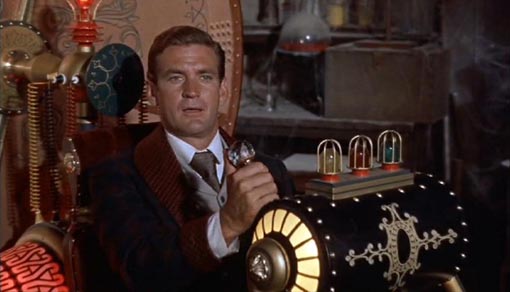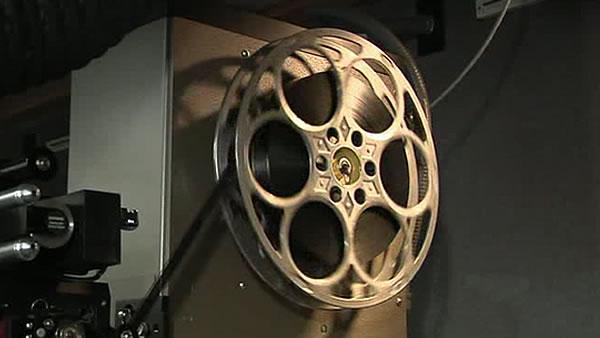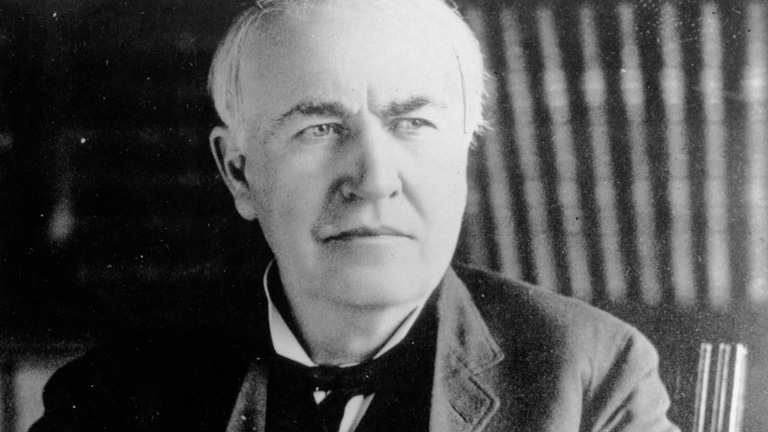Transitions are the movements from one shot to the next. Different transitions suggest different ideas to the audience that are watching the film which means that it is really important that you choose the tight transition for the shots.
Straight Cuts
Straight cuts are the mot common and "invisible" form of transition. This happens when one shot moves instantaneously to the next without attracting the audience's attention from what they are watching. By using straight cuts, it helps to retain reality in the film. This type of transition is mostly used in continuity editing as they do not break the viewers suspension of disbelief.
Dissolves
A dissolve is when one shot fades into a different shot. The audience will be able to see both shots at the mid-point of the dissolve. This transition suggests that the two shots are connected in some way. It might be two characters, places or objects. Dissolves shows/suggests between two shots.
Fades
Fades are like dissolves but instead of dissolving one shot into another. Fades are gradual darkening or lightening or lighting of an image until the screen becomes black or white. This can be seen at the start or at the end of a particular sections of time within the narrative.
Wipes
Wipes are an unusual transition. This is when one image is pushed off the screen by another shot. Images can be pushed in any direction but more common for the images to be pushed off to the left-hand side. This shows time has is moving forward. This shows the audience that they are being shown different locations that are experiencing the same time. This us a way of saying "meanwhile..."
Graphic Match
Graphic Match is a very specialised type of transition. This is not something an editor adds between two shots but it is more of a decision about which two shots to but next to each other. Graphic Match is created when two shots similar in shape are placed next to each other. This can be seen in the film Psycho after the woman is murdered and you see the water going down the plug hole then the shot slowly changes to the the woman eye.
Effects
Manipulation of Diegetic Time and Space
Effects allow the film maker to very effectively manipulate of diegetic time. Effects are used to show that time has either gone backwards or if it has gone forward.It also shows different locations. It also shows how fast or how slow time has really moved on. Effects can be something really simple such as using a colour filter to show that the time time has changed. Black and white filters are used to show flashbacks the the character is having. Many different effects that can be added in the post production stage (editing). One of the most popular technique is to alter space and time.
This can be seen in the 1960 film The Time Machine when the time traveller enters the time machine and the whole environment that he lives in changes around him as he travels through time.
There is also a more modern version of this effect that has been used in the film Harry Potter and the Prisoner Of Azkaban. The sequence uses layers and altering the speed of the images to make them look like they are moving back though time.

























